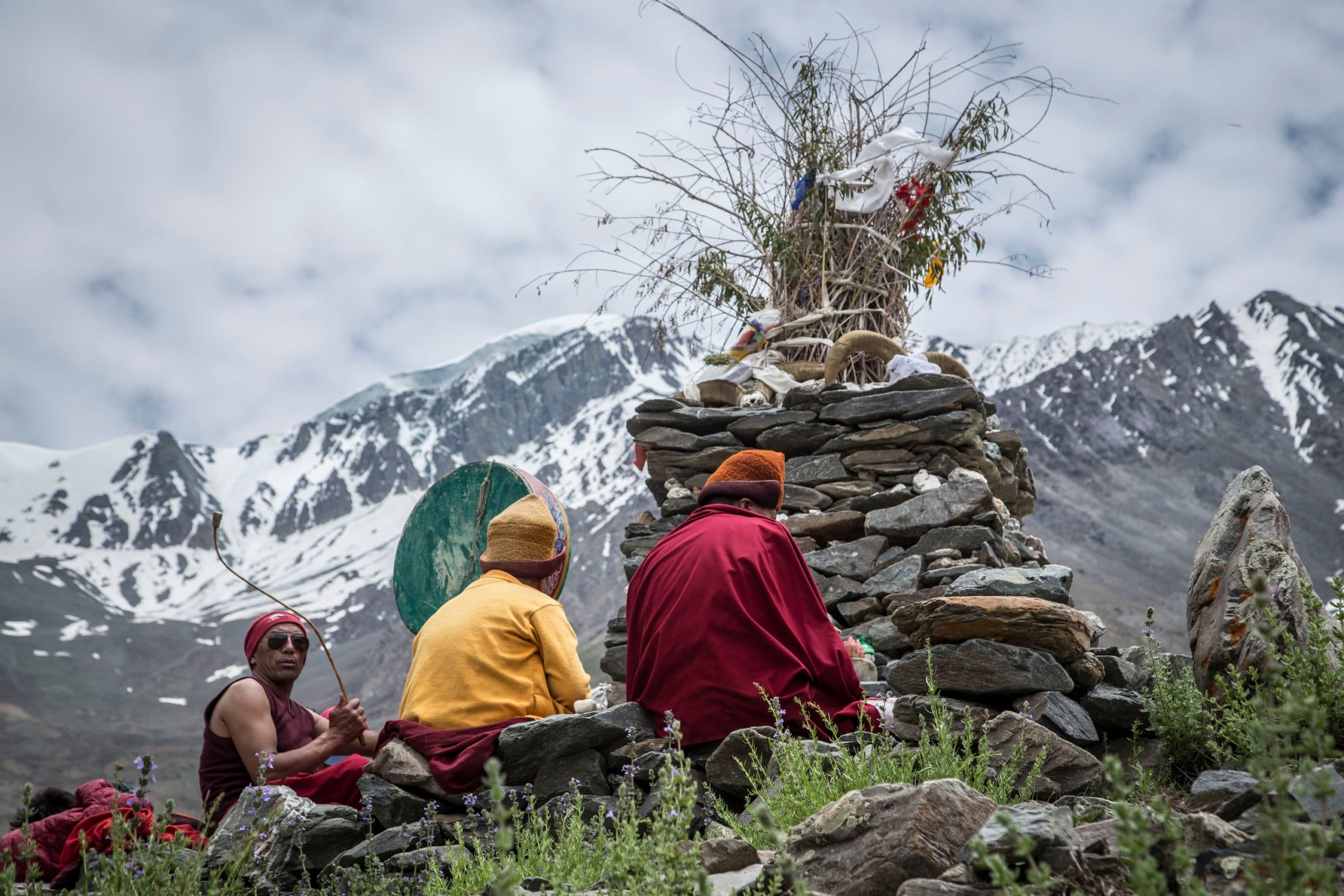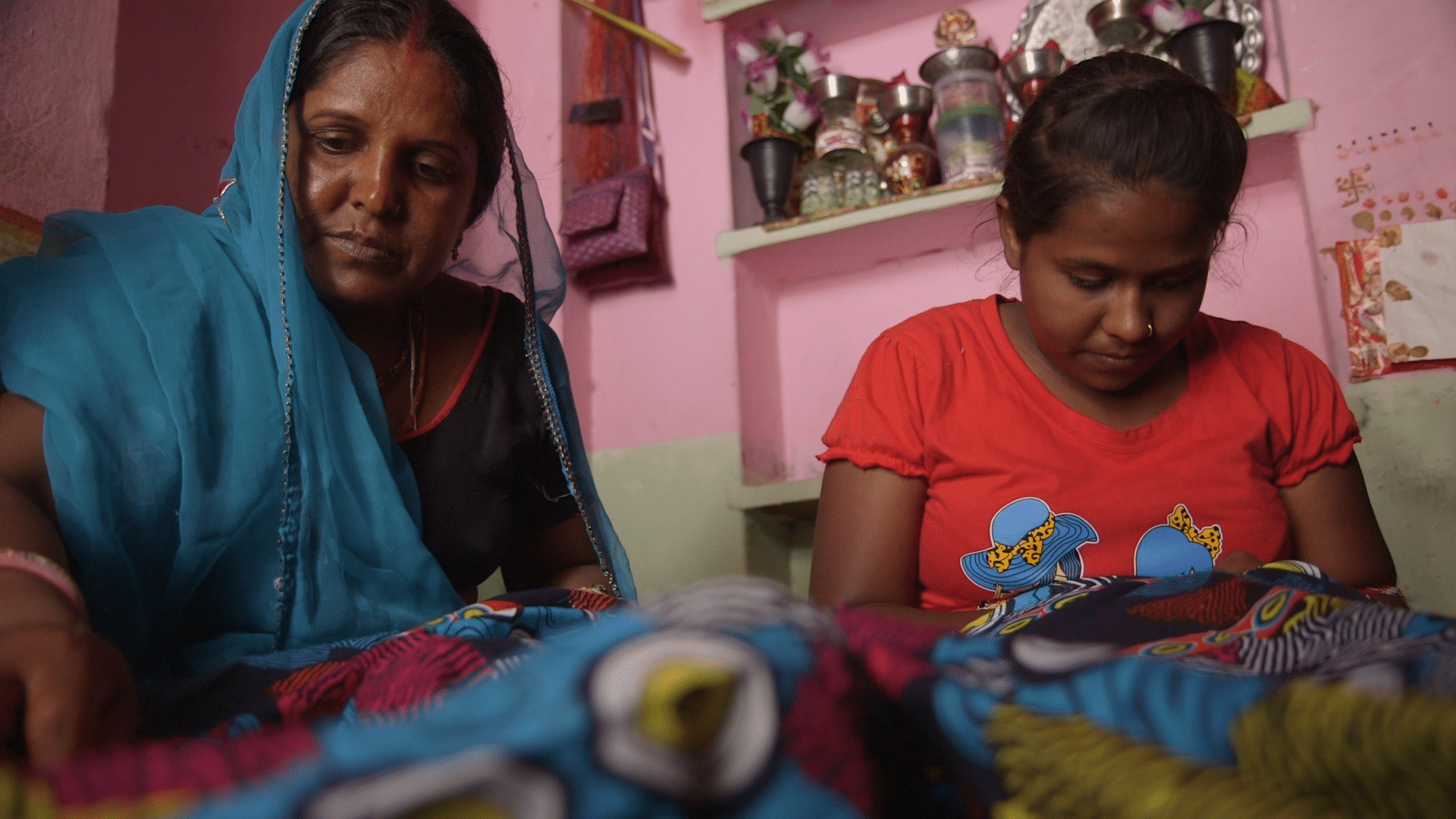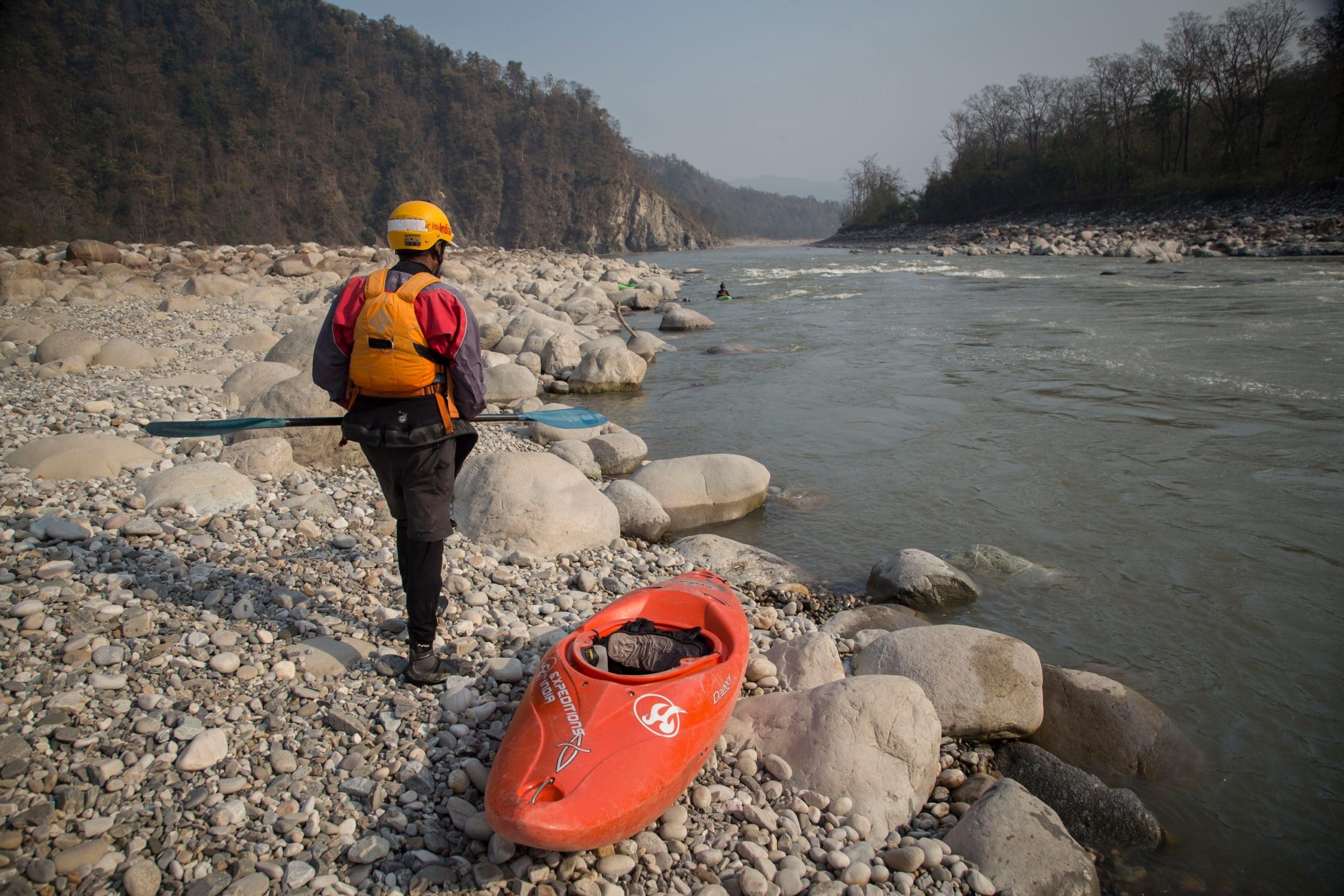Interview with Taylor Graham
Taylor Graham spoke to us about his three new shorts exploring water issues in India, their connection to his past films about the American Southwest, and more.
Your past films featured by DCEFF have been focused on the American Southwest. Your new films took you to the other side of the world in India. What brought you there?
TG: I first went to India as an undergraduate for a study abroad program. I filmed and edited my first documentary, Taming the Teesta, as my final project for that program, and simultaneously fell in love with the country and the process of documentary filmmaking. Because India is so diverse socially, economically, and geographically, I knew my first film had just scratched the surface when it came to telling stories of water challenges in the country.
I received a Fulbright Research Fellowship after I graduated, and I returned to India for a year with the goal of producing a film project that would capture the country’s diverse water challenges, ultimately completing three films covering very different water-related issues in distinct regions of the country.
Water is a connecting theme with these films and your Glen Canyon films. What made you want to explore water issues on a different continent?
TG: I am intrigued by the fact that water-related challenges tie all of us together as a global community. I grew up in the American Southwest, where the issue of water permeates every aspect of life. When I first traveled to India, I was fascinated by how similar the water challenges faced by those on the Indian subcontinent were to those I was familiar with in the Southwest. Communities worldwide are grappling with less water for ever-growing populations, coming to terms with decreased and increasingly erratic snowfall, and weighing the costs and benefits of large-scale water developments like dams and canals. Stories similar to those I documented in India are playing out in countless countries, and I hope those similarities will allow these three short films to speak to audiences no matter where on earth they are viewed.
There are hopeful characters in all of these three films, apparent in the aspirations of a young girl in Kunda Basti and the hopes/actions of a monk in Kumik. However, the issues faced in all three shorts don’t seem to be trending towards positive solutions – water will continue to remain scarce, development will continue to erase wild places and the communities they support. Do the people in these films have a reason to be hopeful? Are you hopeful after your first-hand experiences?
TG: I believe my job as an environmental filmmaker is to convey the gravity of the environmental crises we face as a global community and illuminate the ways those crises are affecting vulnerable communities. At the same time, I recognize that those messages can create paralysis in audiences if they are not accompanied by reasons to be hopeful. While producing my films in India, I was constantly inspired by the resilience and ingenuity of the individuals whose stories I told. I was particularly heartened by the strength of the women in Kunda Basti, who work tenaciously to better the lives of their families in the face of immense challenges.
Though there are no quick fixes to the monumental challenges of water scarcity and climate change, the people featured in the films remain hopeful. I hope they will inspire viewers by exemplifying the good that comes through the kindness they show to one another and through the positive changes they are creating within their own circles of influence.
What else do you hope the DCEFF audience will take away from your films?
TG: I hope the DCEFF audience will recognize through my films that the environmental challenges we face as a global community are highly interconnected. The best way to tackle threats to the environment is to understand the similarities of the social, economic, and political pressures that have led to the challenges we all face. Those challenges are indeed immense, and I believe the best chance we have to solve them is by coming together and integrating our respective passions, perspectives, and areas of expertise.
Do you have any plans to highlight water issues in other locations in future projects?
TG: I’ve recently returned my focus to the American West. I will be releasing a short film in June titled Water Flows Together, in partnership with my good friends at Spruce Tone Films. The film focuses on Colleen Cooley, a Diné (Navajo) river guide on the San Juan River who works to share native perspectives and issues through her work. Colleen is an ardent and dedicated advocate for rivers and the Navajo people, and I consider myself extremely fortunate to have worked with and learned from her. Her personal journey also speaks to the critical intersection of environmental challenges and issues of gender, class, and race, an area I intend to explore more deeply in my future storytelling endeavors.







